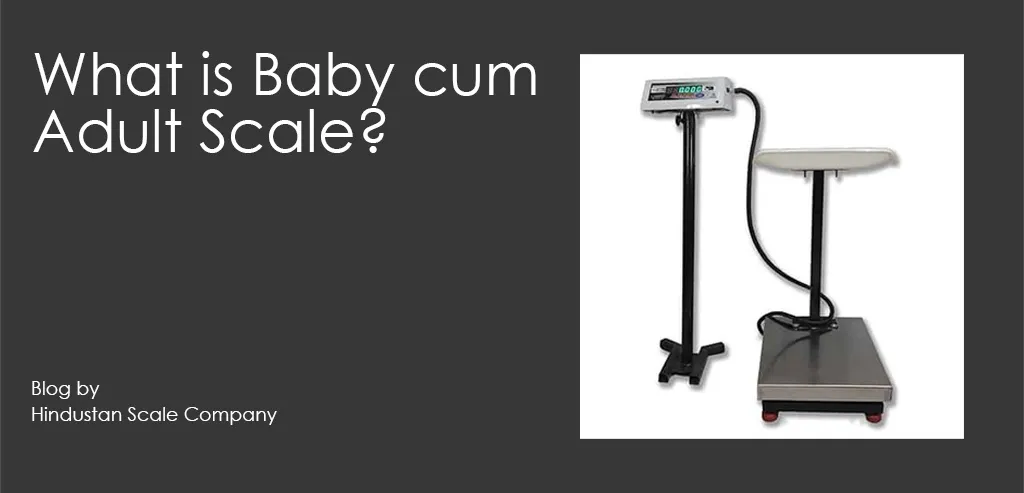First, we need to understand what exactly is a Digital Weighing Scale. A Weighing Scale has a Loadcell – Which is essentially a balanced Wheatson’s bridge linked to a potentiometer. When a force is applied the Wheatson’s bridge becomes unbalanced, and gives a voltage reading at the potentiometer. This is captured by the ADC counter and converted to a digital output that is eventually shown on the screen. Yes. That’s it, it’s that simple.

If the above was Greek and Latin for you, in simple words, the weighing scale is a very simple device. It has a Loadcell, that detects the weight and it has an indicator that shows the weight.
Now if it’s so simple why do you need technology in a weighing scale at all. It shouldn’t be that complicated right? Well, as customers want more and more features, and as they demand even greater precision, that’s where technology comes in. So ten years back, you could have a weighing scale that would have nothing but a Loadcell, a very rudimentary A to D converter, and the display unit. As we made more feature-packed scales, we started using microprocessors, having speeds of 1500 Mhz for the weighing scale. Compare this with the chipset in the 1990s where 500 Hz was more than enough.
The following is a sample chipset from Hindustan Scale Company’s Weighing Scale.

Motherboard used in our scales in 2016

The newer one has at least 200 times more processing power and 20,000 times more memory. You could run a computer on our newer version of Motherboards. We have to use these powerful Motherboards to give you a higher accuracy and sensitivity of the weighing scales. So if we say that Hindustan Scale Co (HSCo) Motherboards have an internal count of 30,00,000, it means that the Motherboard will pick up even the 1 in 30,00,000 variations in ADC count.
These Motherboard are designed and developed by the Blue Whale Technologies – BWT









